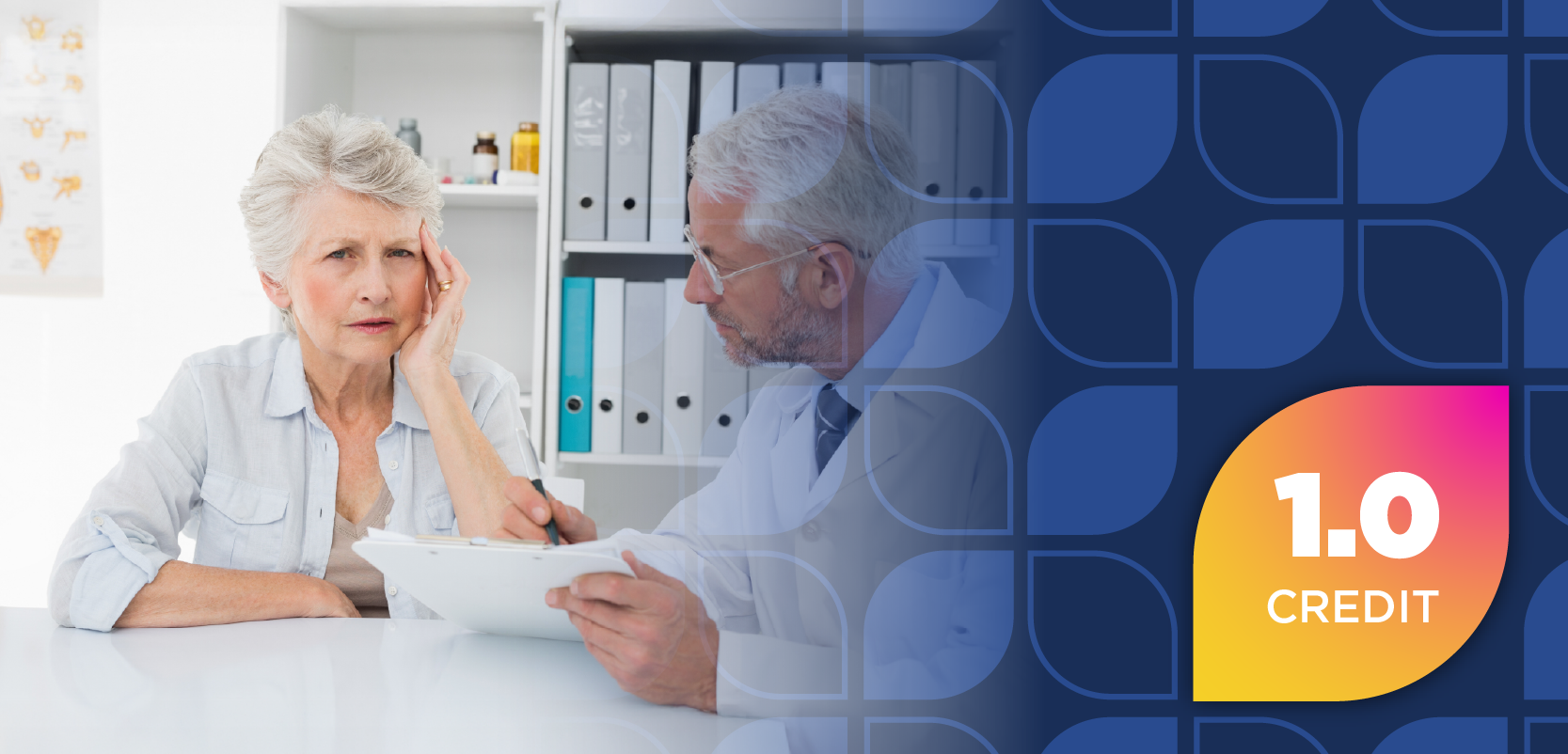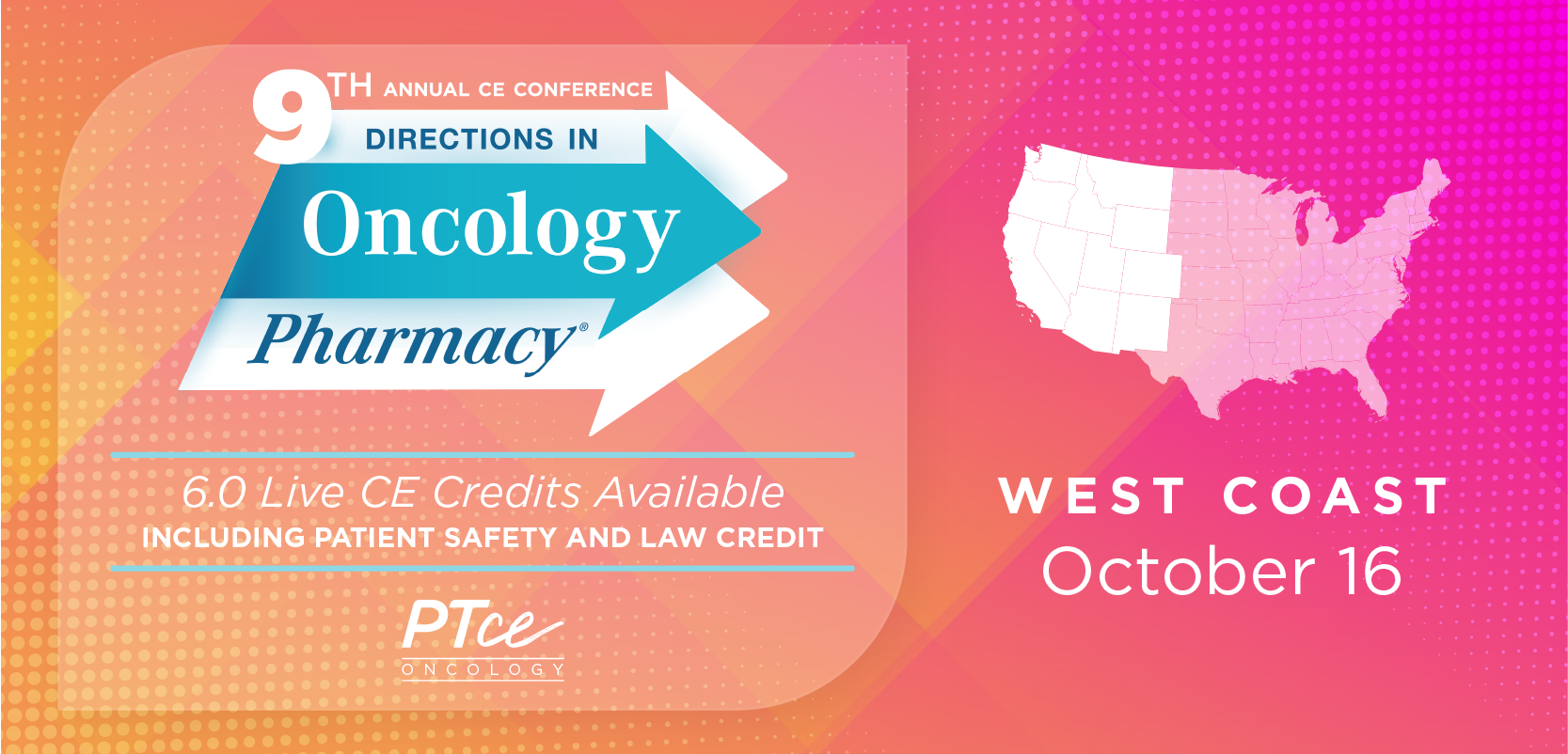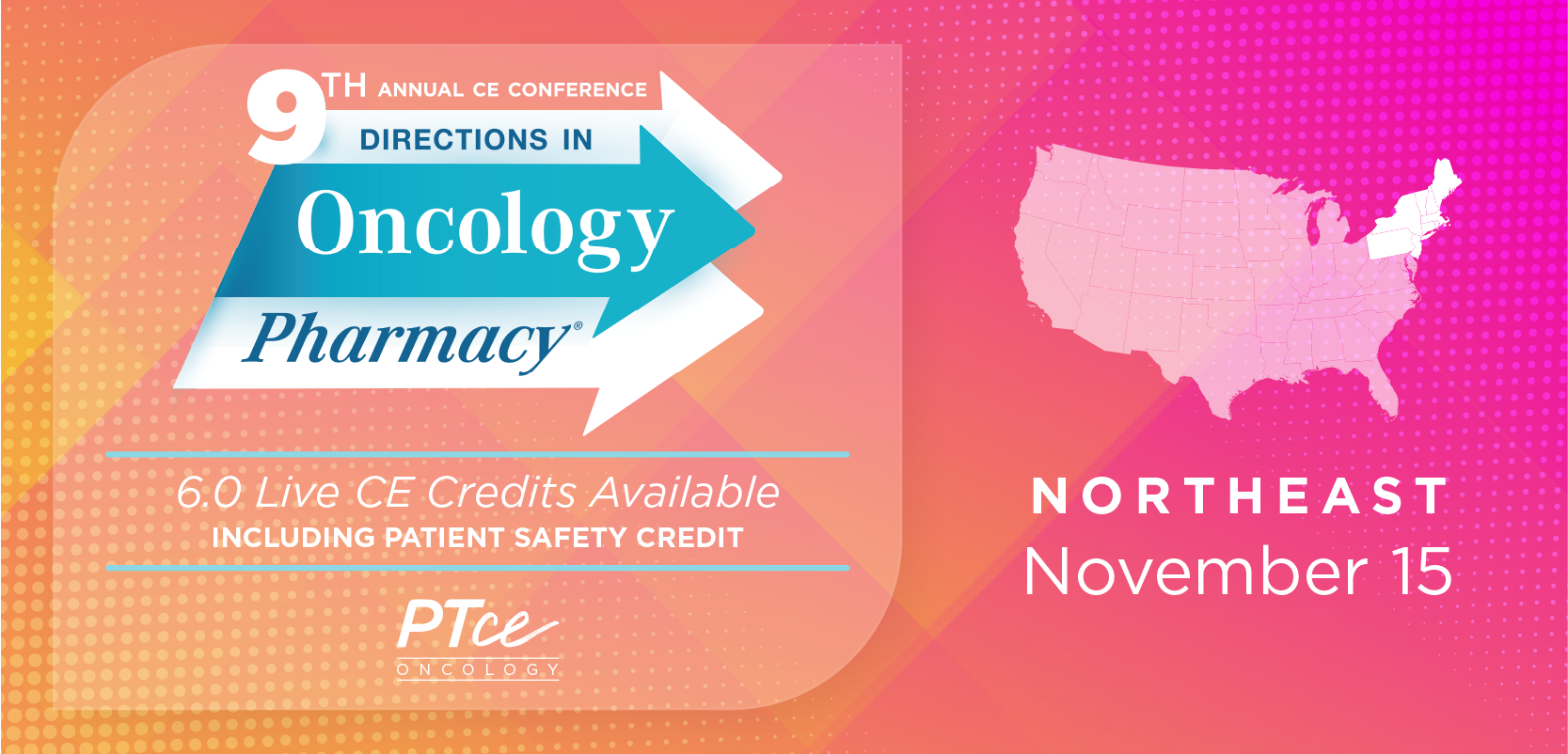
- Volume 0 0
Changing Perceptions: Strengthening the Value of Pharmacy Through Advocacy
Ms. Heinze is a freelance writer based in Vancouver, British Columbia
Undoubtedly, pharmacists provide a valuable service that not only contributes to improving their patients' quality of life, but also to the significant decrease of overall health care costs?and the proof is everywhere. With programs like The Asheville Project, which is being replicated across the country, it has been demonstrated that adherence programs—driven by pharmacists—that target chronic diseases minimize employee absenteeism and reduce overall medical costs, thus augmenting productivity and lessening the financial blow to payers.
One of the main reasons that Asheville and programs like it have seen such success is that pharmacists are at the front line of health care. The 2007 edition of the Chain Pharmacy Industry Profile (published by the National Association of Chain Drug Stores [NACDS]) reports that the average person in the United States is located within 2.36 miles of a pharmacy. Also, the general public holds community pharmacists in high regard, placing them as the second most highly respected health care professionals.
Still, for many patients, the image of the community pharmacist is one of someone in a lab coat who is trained to count pills. "Typically, pharmacy is seen as a dispensing point and as an extension of the supply chain distribution system for medication," saidEdith A. Rosato, senior vice president of pharmacy affairs and the NACDS Foundation at NACDS in Alexandria, Virginia. "The reality is that we are trained extensively on medication therapy, and we can use the skills that we have learned in school to enhance and expand our practice."
What is the next step that pharmacies must take in underlining the value that pharmacists are so well positioned to offer? Many believe that, despite the high integrity rating their patients may give them, still more needs to be done to boost the interaction between patients and pharmacists.
"What has to change is the patient's perception of the pharmacy experience," said Bill Ladwig, vice president of professional services at Lewis Drug in Sioux Falls, South Dakota, and cochair of the NACDS' Pharmacy Industry Council Value of Pharmacy Committee, which recently released a report entitled Meeting Payer Needs for Pharmacist-Provided Services: The Time Is Now! Ladwig argues that the pharmacy business has evolved into one of immediacy, where the emphasis has been placed more on the speed of processing prescriptions rather than on a one-on-one conversation between patient and pharmacist. "We need to change the whole thought process and emphasize an exchange, a time when the person stops, takes a deep breath and asks timely, medicallyimportant questions."
This requires the pharmacy business to look at the big picture: The end goal, Ladwig says, is making customers better patients after the pharmacist's intervention. "Whathappened is that we got ourselves wrapped into the efficiencies," he said. "We, as pharmacists, need to change the 'do you have any questions for the pharmacist' questionto an actual interface and make the experience that the patient receives something that they realize needs to happen. We need to make that interchange a valuable piece of the health care process."
Ladwig believes that this is not something that can be mandated—it needs to happen on a case-by-case basis. Some patients are not accustomed to making time for pharmacist consultations, while others may not even be aware that counseling is available to them. "It is all about being tied to product," Ladwig said. "Now, it is about changing the public's perception, in a nonintegrated health component, of the valueand making sure the patient realizes the need to carve out time to make themselves more educated. It has to be patient-centric, and, with that, the overall health care costs should decrease."
Last summer, the NACDS, the American Pharmacists Association (APhA), and the National Community Pharmacists Association (NCPA) partnered together with the management and consulting firm BearingPoint on Project Destiny— an initiative focused on advancing the pharmacist's role through more interaction with patients. "We are trying to position community pharmacy as a health care destination in the community by providing that primary care and focusing on medication therapy," Rosato said. "It is a sea change in the way we have operated over the last 50-plus years."
Out of the research produced by Project Destiny, the participants developed the concept of a primary care pharmacist, whose role is to act as a clinical health care provider who offers medication therapy and adherence education. "Trying to get patients to become adherent to their medication is a very significant issue in health care today," Rosato said. "By increasing adherence, we can lower the overall cost of care. The pharmacist can have a significant impact on the overall quality of care and the value that they bring to the health care system."
Rosato argues that one of the reasons that pharmacists are struggling to make their role as a health care counselor known is that consumers do not really understand—beyond filling prescriptions—what a pharmacist does. "They don't know what pharmacists do outside of dispensing medications," she said. "We need to change that perception of what happens behind the pharmacy counter, interact more frequently with patients about their medication therapy, and really change that perception of us being a dispensary, to much more of a robust health care delivery model in the community."
The 2003 Medicare Modernization Act has served as a starting point from which pharmacy can expand its services, and Rosato notes that the industry associations are now investigating the application of medication therapy management (MTM) services not only for chronically ill Medicare patients, but a broader portion of the population suffering from chronic illness. The issue, however, is that this new model is not scalable yet, which makes it challenging to come up with a standard reimbursement plan for the additional services that they are providing. "Pharmacists are out there developing MTM programs in a variety of different ways, and many of our chain members and even independent pharmacists are getting involved in these programs," she said. "They are working with payers, but they are on a regional basis. There is not a large, scalable, national model."
One of the other challenges that pharmacists face is partnering with their peers in the health care profession; as the pharmacy business transitions out of being one based on products to one focused on services, concern exists that pharmacists might impinge on the territory of others—most notably, physicians. "Physicians are very concerned that this is being taken away from their environment," Ladwig admitted. "No one will disagree with the fact that the physician is the lightning rod of the whole process—they need to be touching everything. What pharmacy offers is incorporating that interaction between the pharmacist and the patient to better the patient."
Rosato underlines that in order to curb this resistance, the pharmacy community must be transparent in its message to other health care professionals. "We see the pharmacist as a collaborator—with physicians, nurses, and other health care providers—in that we bring something to the table that no other professional can bring, because they do not have the years of experience that we do on medication therapy," she said. In order to achieve this partnership, the pharmacy business needs to emphasize the importance of creating a collaborative environment. "We have to walk gingerly as we carve out this new role for community pharmacy, and we have to do it in collaboration with all of these other groups."
Articles in this issue
about 17 years ago
Pharmacies: The Face of Neighborhood Health Careabout 17 years ago
From Pharmacy to Congressabout 17 years ago
Speaking Up: Pharmacists Make Themselves Heard Through Advocacyabout 17 years ago
State and Federal Issues Affecting Community Pharmacyabout 17 years ago
Top 10 Reasons to Advocate for Your Pharmacy Professionabout 17 years ago
How to Shape a Profession: Teaching in the Pharmacy Schoolsabout 17 years ago
Putting Classroom Knowledge into Grassroots Powerabout 17 years ago
Persistence Pays Off: Pharmacists in Government Affairsabout 17 years ago
Pharmacy and Politics: The Two Can Mixabout 17 years ago
Advocacy Effective at the State LevelNewsletter
Stay informed on drug updates, treatment guidelines, and pharmacy practice trends—subscribe to Pharmacy Times for weekly clinical insights.

























































































































































































































